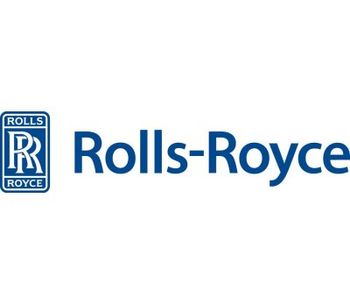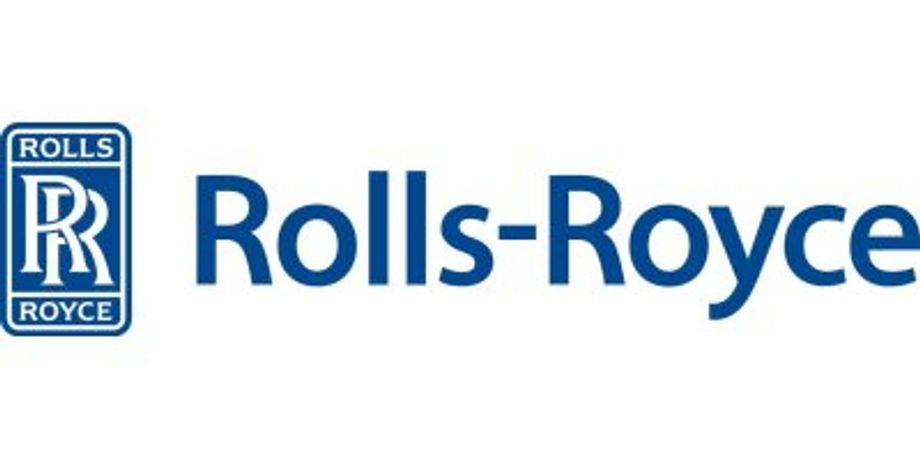
Power Systems Sustainability
From Power Systems
Powering the prosperity, comfort, and economic wellbeing of our planet means enabling a future that is compatible with net zero carbon emissions. Through our Power Systems business, we're rising to this challenge, exploring the use of sustainable fuels and investing in innovative products and technologies that will help achieve a carbon-neutral future.
Sustainable Fuels
Sustainable fuels are key to a carbon-neutral future for energy and propulsion. By ensuring that all our combustion engines are compatible with biofuels, hydrogen and other e-fuels produced using green, renewable electricity, we can deliver cleaner energy.
Power-to-X: creating fuel through electricity
The power-to-X process is vital in the production of sustainable fuels. Through this process, excess electricity generated from renewable sources such as wind, sun, and water is converted to hydrogen through electrolysis. This hydrogen can then be used on its own as a fuel or to produce almost any gaseous or liquid fuel, such as synthetic e-methane, e-methanol, e-ammonia or even e-diesel.
Alternative and Sustainable Fuels
E-Hydrogen
At Rolls-Royce, we're addressing the entire hydrogen ecosystem – from production and storage to downstream processing and use in fuel cells or hydrogen-fuelled combined-heat-and-power plants. As early as 2022, our gas engines will be able to run on 25% hydrogen – increasing steadily until we reach 100% hydrogen operation. Alongside this, our customers can rely on integrated solutions for sustainable power from a single provider.
Methanol can be produced carbon-neutrally using the power-to-X process and easily stored and transferred in its liquid form using existing infrastructures. Unlike ammonia, methanol is environmentally safe and can be used not just in diesel and spark-ignition combustion engines, but also in conjunction with zero-emission fuel cells. At Rolls-Royce, we're working on both products.
E-MethaneGreen hydrogen can be further processed into e-methane by using carbon dioxide from the air or biogenic sources. This means that if the e-methane is produced using renewable electricity, our existing gas engines can continue to be used carbon-neutrally. For mobile applications, transportation and storage, e-methane can be liquefied to reduce its volume. We’re also working on the challenge of reducing methane slip which can be harmful to the environment.
Green ammonia is another fuel that can be produced carbon-neutrally using the power-to-X process and doesn’t emit CO2 during combustion. Here, green hydrogen is catalytically converted to ammonia using nitrogen in the atmosphere. The fuel liquefies at minus 33 degrees and has a higher energy density than liquid hydrogen. However, the nitrogen-hydrogen compound is highly toxic and any leaks in coastal waters have the potential to cause severe harm to humans and the environment.
E-DieselE-diesel is produced from CO2 and green hydrogen using the Fischer-Tropsch process – often referred to as Fischer-Tropsch diesel. Compared to fossil diesel, e-diesel contains significantly less sulphur and no aromatics and has a higher ignition propensity due to its chemical structure. As a result, it burns more cleanly and is better suited to storage. The energy density is almost comparable to that of fossil diesel.
Customer reviews
No reviews were found for Power Systems Sustainability. Be the first to review!


